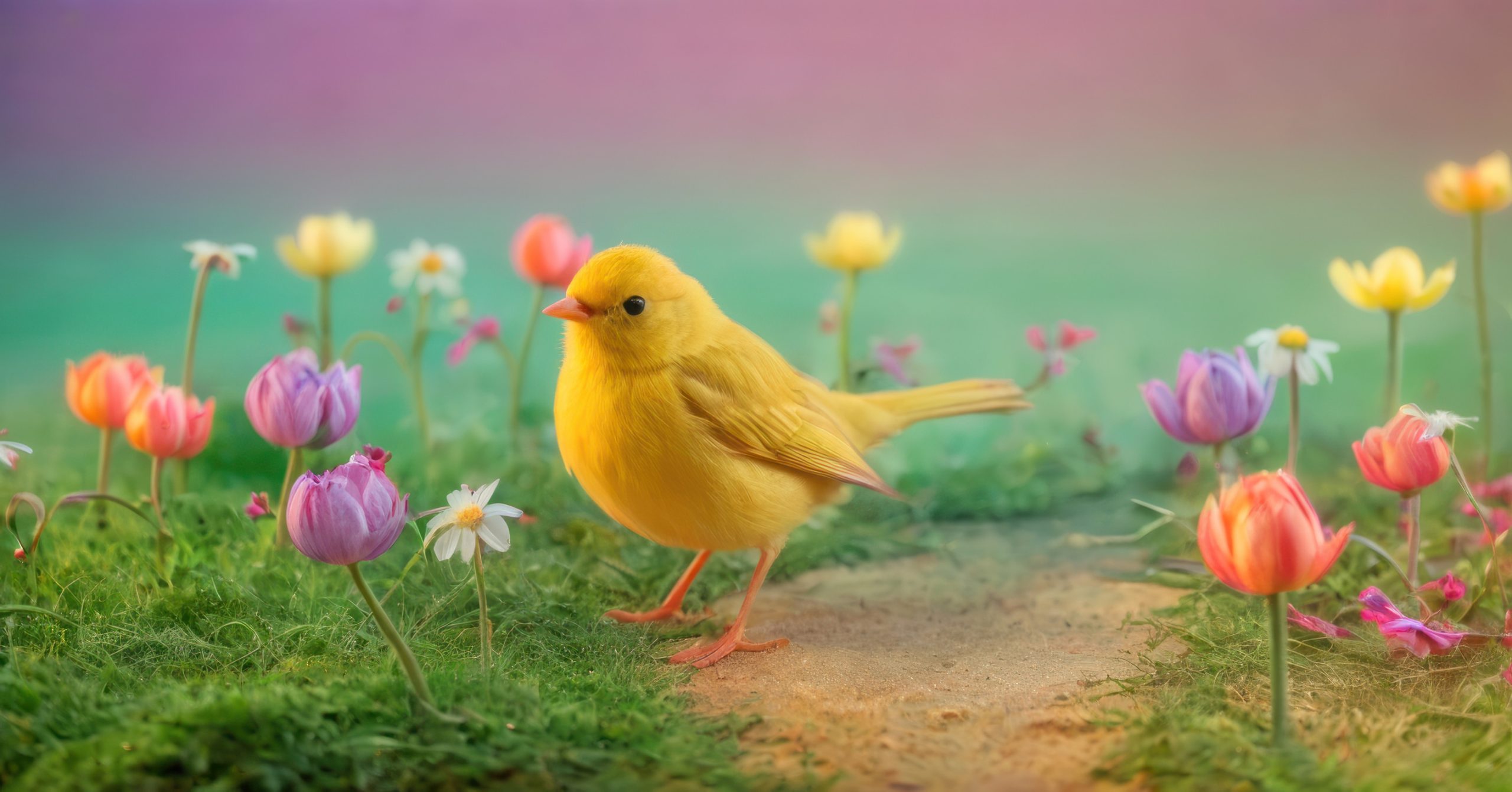
Image Source: 123rf.com
Planting flowers is one of the easiest ways to beautify your yard, but the choice between native and non-native species is an important consideration. While non-native flowers may seem appealing due to their vibrant colors and exotic appeal, they come with potential drawbacks that can impact your garden and the environment. Here are four reasons why you should rethink planting non-native flowers in your yard.
1. Non-Native Flowers Can Disrupt Local Ecosystems
Non-native flowers often lack the ecological connections that native plants have with local wildlife. For example, they may not provide nectar for pollinators like bees and butterflies or may even outcompete local plants. These disruptions can cascade through the food chain, affecting animals and insects that depend on native species. By choosing native flowers, you help maintain biodiversity and contribute to a healthier ecosystem in your area.
2. They May Require More Maintenance
Non-native flowers are often not adapted to your region’s climate and soil, making them more difficult to maintain. These plants may require extra water, fertilizers, or pesticides to thrive, which can increase your garden’s upkeep costs and environmental impact. Native flowers, on the other hand, are naturally suited to your local conditions and typically require less maintenance. They’re hardier and more sustainable, reducing the time and resources needed to care for your yard.
3. Potential for Invasiveness
Some non-native flowers can become invasive, spreading aggressively and outcompeting native plants. This can lead to a loss of biodiversity and the degradation of local ecosystems. Invasive species can be hard to control once established, potentially overtaking your garden and spreading to nearby natural areas. By avoiding non-native plants with invasive tendencies, you protect both your yard and your local environment from unintended consequences.
4. Limited Benefits to Local Wildlife

Image Source: 123rf.com
Native plants have coevolved with local wildlife, providing food and shelter for pollinators, birds, and other species. Non-native flowers often fail to meet these needs, leaving local wildlife without essential resources. By planting native flowers, you create a welcoming habitat for local species and support ecological balance. Your garden becomes a haven for wildlife, contributing to conservation efforts and environmental health.
Choose Native for a Healthier Yard and Environment
While non-native flowers may look stunning, their impact on your yard and the environment can outweigh their aesthetic appeal. Opting for native flowers helps preserve local ecosystems, reduces maintenance, and supports wildlife. Your garden will thrive, and you’ll be making a positive contribution to the environment.
What’s your favorite native flower to plant in your area? Share your experiences and ideas in the comments below!
Read More:
5 Gardening Practices That Are Harming the Environment
10 Common Garden Plants That Are Actually Invasive Species

Tamila McDonald is a U.S. Army veteran with 20 years of service, including five years as a military financial advisor. After retiring from the Army, she spent eight years as an AFCPE-certified personal financial advisor for wounded warriors and their families. Now she writes about personal finance and benefits programs for numerous financial websites.
Leave a Reply